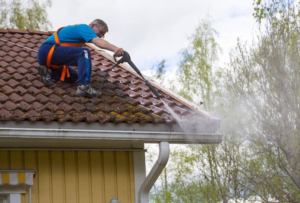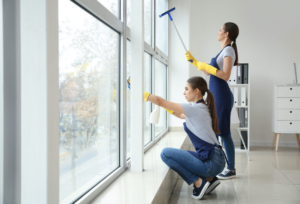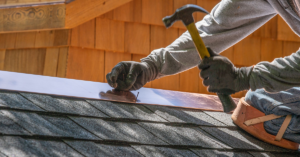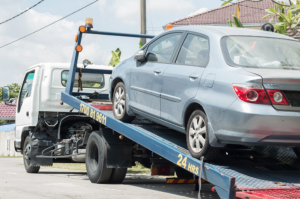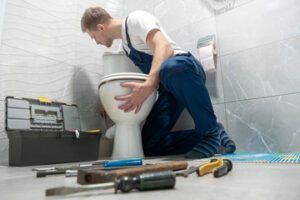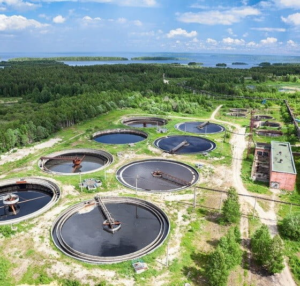An electrical generator uses mechanical energy from a fuel source to create electric current. It works on the principle of electromagnetic induction discovered by Michael Faraday. Action Generator converts this mechanical energy into electricity using a dynamo or alternator.
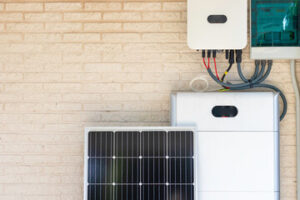
A commutator changes the connection of the armature windings every 180deg rotation, creating alternating current (AC). This current then induces a larger AC voltage in the exciter coils.
The initial cost of a generator may seem substantial, but there are many ways that homeowners can save money in the long run. For example, a generator can help prevent property damage caused by power outages. This can lower insurance premiums and keep businesses operational. Furthermore, a generator can protect vital electronic data from loss during power outages. Additionally, a generator can help avoid the expensive expenses associated with food spoilage. In addition, a generator can reduce the cost of temporary housing for families forced to evacuate during a disaster.
A generator can also help to maintain home security, which is important for many homeowners. This is because a generator can protect home appliances and systems that depend on electricity, such as alarms and surveillance cameras. Additionally, a generator can help prevent water damage by keeping sump pumps working during a power outage. This can save homeowners hundreds of dollars in water damage repairs and cleanup costs.
Choosing a generator will depend on the power needs of your home, so it is important to choose one that fits your budget. Generally, gas-powered generators are the most affordable, but they can require a significant amount of fuel during an outage. On the other hand, solar generators are more expensive up front but can offer savings on long-term energy costs.
Installation costs can be a large portion of the overall cost of a generator. In general, a contractor will charge between $1,500 and $5,000 for a whole-house generator. This includes the cost of a transfer switch, which connects the generator to your home’s wiring. In addition, some municipalities require a permit to install a generator, which can add another $500 or more to the total cost.
There are other costs that can add up during a power outage, such as loss of business, opportunity cost, and higher insurance premiums. A generator can help you save on all of these costs, and it can also increase the value of your home. This is because potential buyers will be willing to pay more for a house that has a generator installed.
Size
A generator needs to be the correct size for your power needs in order to function properly. A generator that is too small will not be able to power all your appliances and equipment during an outage. A generator that is too big will waste fuel and may overheat. It is important that you make a list of all your electrical systems and devices in order to correctly determine your power needs and the generator size needed.
Maintenance
Taking care of your generator improves its performance and lifespan. It also saves money and reduces the stress of having to deal with any potential problems when the power goes out. This is why it is important to find a company that offers professional maintenance services for generators. These companies can provide ongoing monitoring and routine checkups for their customers. This means that you will have the peace of mind that your generator will be ready to go when the need arises.
In addition to the basic inspections, a good maintenance program will include checking all of the electrical components in the generator set. This includes examining the battery, cooling system, and fuel line for any signs of wear or damage. It will also ensure that the generator is properly lubricated and that the air filters are clean. This will help the engine to operate more efficiently and prevent it from overheating.
There are many different types of generators, and each one requires its own specific maintenance schedule. For example, some generators need to be inspected daily while others can be checked once a week. The best way to determine the frequency of the maintenance schedule is to ask yourself how often you use your generator and what conditions it will be operating under.
Other important maintenance tasks include checking the oil, coolant, and gas levels to make sure they are at their proper levels. It is also a good idea to examine the air filter regularly and replace it as needed. This will keep dirt and dust from entering the engine, which can cause it to overheat.
Finally, it is a good idea to inspect the fuel and water lines to make sure they are not kinked or damaged. In addition, it is a good idea to test the generator’s battery and perform load bank tests periodically.
While most people are aware that a generator can be a lifesaver in the event of a power outage, some do not realize that it can also help their business. If a building has a generator, it can provide power to essential equipment, including computers that store important data. This can protect digital information from being lost in the event of a power outage and allow businesses to stay connected to customers and suppliers.
Safety
Having a generator can protect your home from burglars and other risks during power outages. It can also help you keep your food and medicine cold. In addition, it can prevent voltage fluctuations that can damage your electrical systems. It is especially important for people who rely on electronic devices to monitor or control their medical conditions.
However, a generator has certain safety issues when not used properly. These include fuel leaks, fire hazards, and carbon monoxide poisoning. To avoid these dangers, make sure that the generator is placed outdoors and away from doors and windows. Also, install battery-operated carbon monoxide detectors in your home.
When using a generator, be sure to follow all manufacturer instructions. In particular, never plug your generator directly into a house’s power supply. This can increase the voltage and cause a back feed, which could electrocute you, your neighbors, or utility line workers who are trying to restore service after an outage. Also, don’t overload your generator with too many appliances and use extension cords that aren’t rated for outdoor use.
While a generator is running, it produces odourless, colourless carbon monoxide gas, which can be deadly. To avoid this, make sure that the generator is always operated outdoors and at least 20 feet away from any windows or doors. In addition, it is recommended that you have working carbon monoxide detectors in your house and test the batteries frequently.
Moreover, it is important to keep the generator dry and clean when you are not operating it. Make sure to cover it with a tarp when transporting it, and ensure that it is secured on the truck or trailer with straps or bungees. In addition, the refuelling station should be a safe distance from the generator to prevent accidental spills that can burn you. During the refuelling process, it is important to close the fuel valve and allow the engine to cool before you start. It is also a good idea to wear protective equipment when working on the machine, including foam earplugs or sound-canceling headphones. The noise produced by the generator can be very loud and can affect your hearing.
